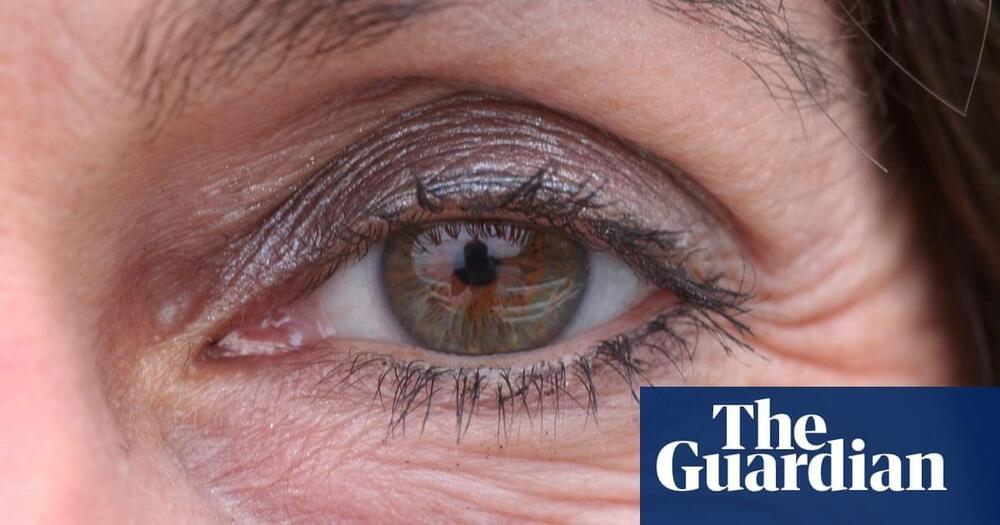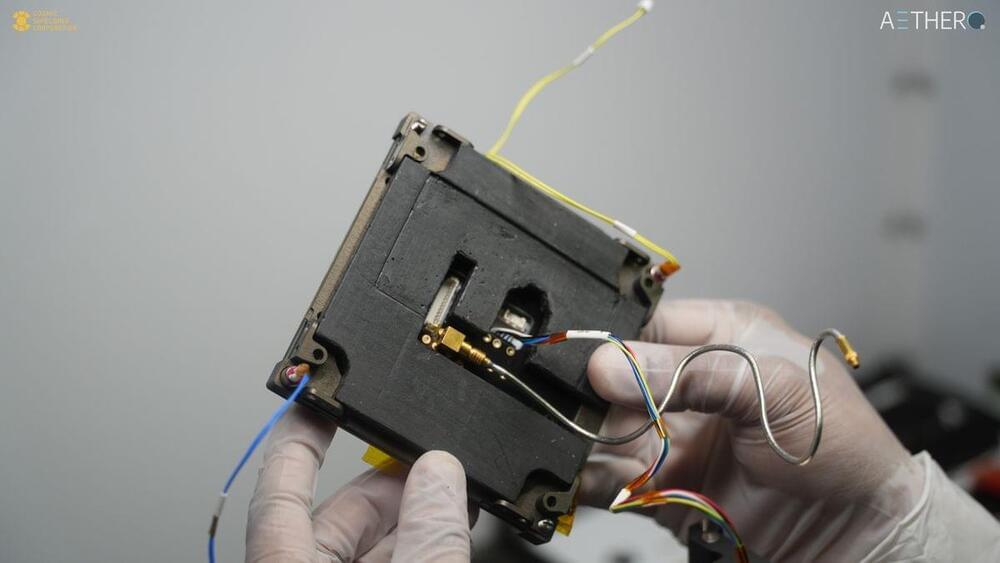US findings suggesting ageing is not a slow and steady process could explain spikes in health issues at certain ages.




“This is going to be the fastest AI computer ever launched to space,” Yanni Barghouty, CSC’s cofounder and CEO, told Space.com. “The goal of this mission is simply to demonstrate the successful operation of an AI-capable Nvidia GPU on orbit with minimal to no errors while operating.”
The GPU will fly aboard a cubesat built by San Francisco-based company Aethero, a maker of high-performance, space-rated computers. The GPU’s only task during its four-month orbital mission will be to make mathematical calculations, the results of which will be beamed to Earth and carefully checked.
Scientists have found a hidden ocean on Mars. It is a reservoir of liquid water deep in Mar…

Even the best AI large language models (LLMs) fail dramatically when it comes to simple logical questions. This is the conclusion of researchers from the Jülich Supercomputing Center (JSC), the School of Electrical and Electronic Engineering at the University of Bristol and the LAION AI laboratory.
In their paper posted to the arXiv preprint server, titled “Alice in Wonderland: Simple Tasks Showing Complete Reasoning Breakdown in State-Of-the-Art Large Language Models,” the scientists attest to a “dramatic breakdown of function and reasoning capabilities” in the tested state-of-the-art LLMs and suggest that although language models have the latent ability to perform basic reasoning, they cannot access it robustly and consistently.
The authors of the study—Marianna Nezhurina, Lucia Cipolina-Kun, Mehdi Cherti and Jenia Jitsev—call on “the scientific and technological community to stimulate urgent re-assessment of the claimed capabilities of the current generation of LLMs.” They also call for the development of standardized benchmarks to uncover weaknesses in language models related to basic reasoning capabilities, as current tests have apparently failed to reveal this serious failure.

Has time travel ALWAYS been possible? Join us… and find out!Subscribe: https://wmojo.com/unveiled-subscribeIn this video, Unveiled takes a closer look at m…

For the first time in human history, there are now 10,000 functioning satellites above our heads, whipping around the Earth at high speed. It’s a milestone that showcases decades of technical achievement but might also make it harder to sleep at night if you think about it for too long.
The count comes from the latest estimate by Jonathan McDowell, an astronomer at the Harvard-Smithsonian Center for Astrophysics and leading watcher of most things orbital. McDowell estimates there are 10,036 active satellites in orbit as of July 18.
Remarkably, this figure has roughly quadrupled over just the past half-decade, thanks almost entirely to Elon Musk, SpaceX and their massive Starlink constellation of broadband routers in low-earth orbit.

NASA’s LEGS can do more than help Earthlings move about the planet. Three Lunar Exploration Ground Sites, or LEGS, will enhance the Near Space Network’s communications services and support of NASA’s Artemis campaign.
NASA’s Space Communications and Navigation (SCaN) program maintains the agency’s two primary communications networks—the Deep Space Network and the Near Space Network, which enable satellites in space to send data back to Earth for investigation and discovery.
Using antennas around the globe, these networks capture signals from satellites, collecting data and enabling navigation engineers to track the mission. For the first Artemis mission, these networks worked in tandem to support the mission as it completed its 25-day journey around the moon. They will do the same for the upcoming Artemis II mission.

UNIVERSITY PARK, Pa. — A new study has rewritten the conventionally understood evolutionary history of certain proteins critical for electrical signaling in the nervous system. The study, led by Penn State researchers, shows that the well-studied family of proteins — potassium ion channels in the Shaker family — were present in microscopic single cell organisms well before the common ancestor of all animals. This suggests that, rather than evolving alongside the nervous system as previously thought, these ion channels were present before the origin of the nervous system.
The study appeared in the Proceedings of the National Academy of Sciences.
“We tend to think of evolution as a one-way march toward greater and greater complexity, but that often isn’t what occurs in the natural world,” said Timothy Jegla, associate professor of biology in the Penn State Eberly College of Science and leader of the research team. “For example, it was thought that as different kinds of animals evolved and the nervous system became more complex, ion channels arose and diversified to match that complexity. But our research suggests that this is not the case. We have previously shown that the oldest living animals, those with simple nerve nets, have the highest ion channel diversity. This new finding adds to growing evidence that many of the building blocks for the nervous system were already in place in our protozoan ancestors — before the nervous system even existed.”